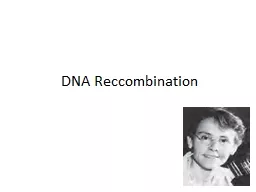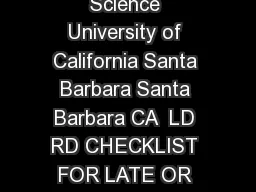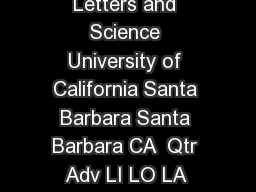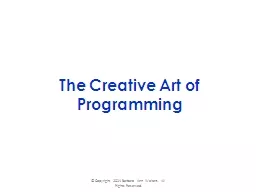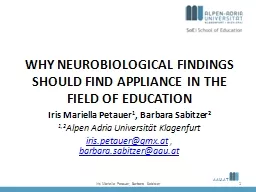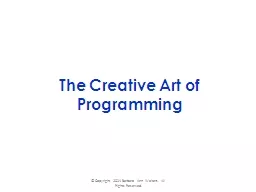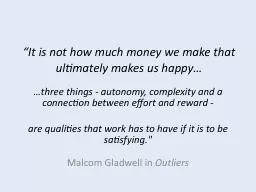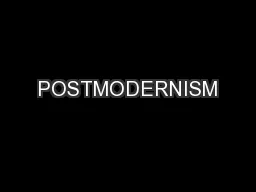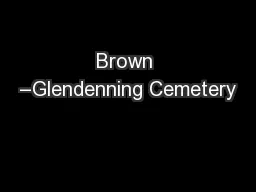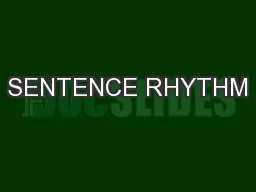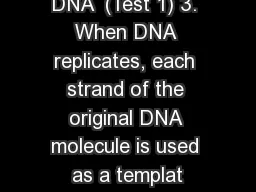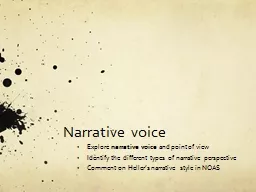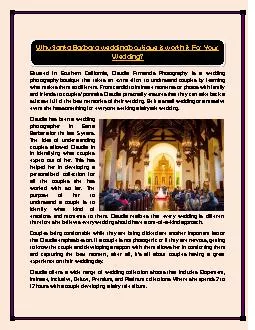PPT-DNA Reccombination Barbara
Author : valerie | Published Date : 2022-06-11
McClintock 19021992 An American scientist and cytogeneticist who was awarded the 1983 Nobel Prize in Physiology She received her PhD from Cornell University
Presentation Embed Code
Download Presentation
Download Presentation The PPT/PDF document "DNA Reccombination Barbara" is the property of its rightful owner. Permission is granted to download and print the materials on this website for personal, non-commercial use only, and to display it on your personal computer provided you do not modify the materials and that you retain all copyright notices contained in the materials. By downloading content from our website, you accept the terms of this agreement.
DNA Reccombination Barbara: Transcript
Download Rules Of Document
"DNA Reccombination Barbara"The content belongs to its owner. You may download and print it for personal use, without modification, and keep all copyright notices. By downloading, you agree to these terms.
Related Documents

